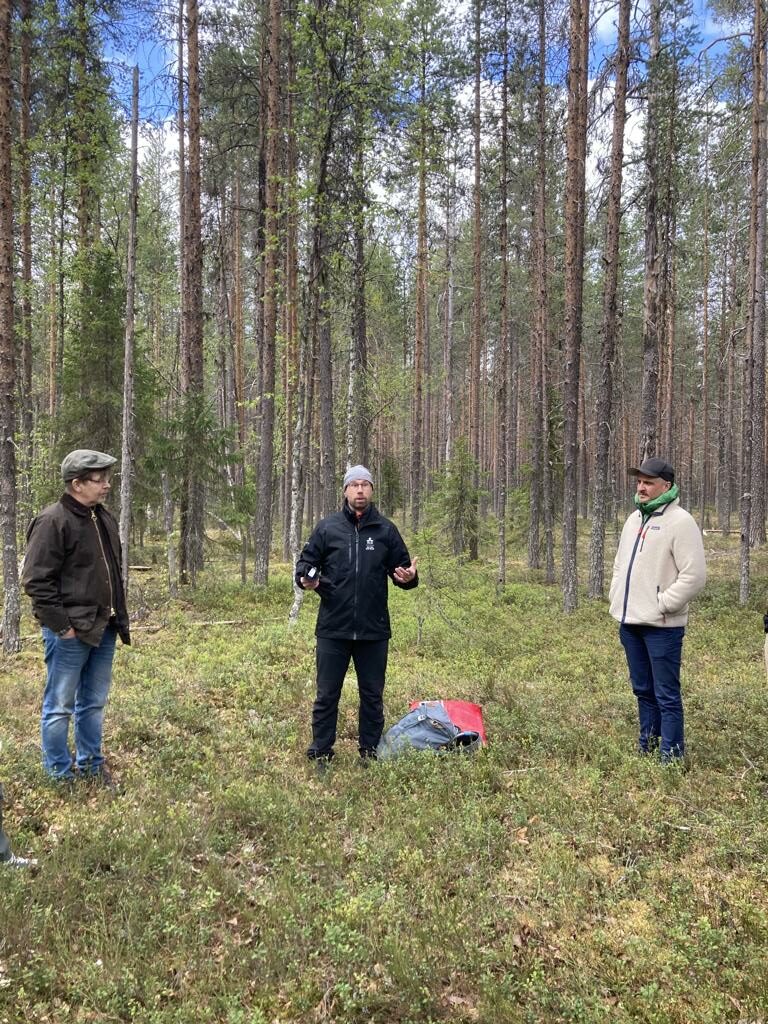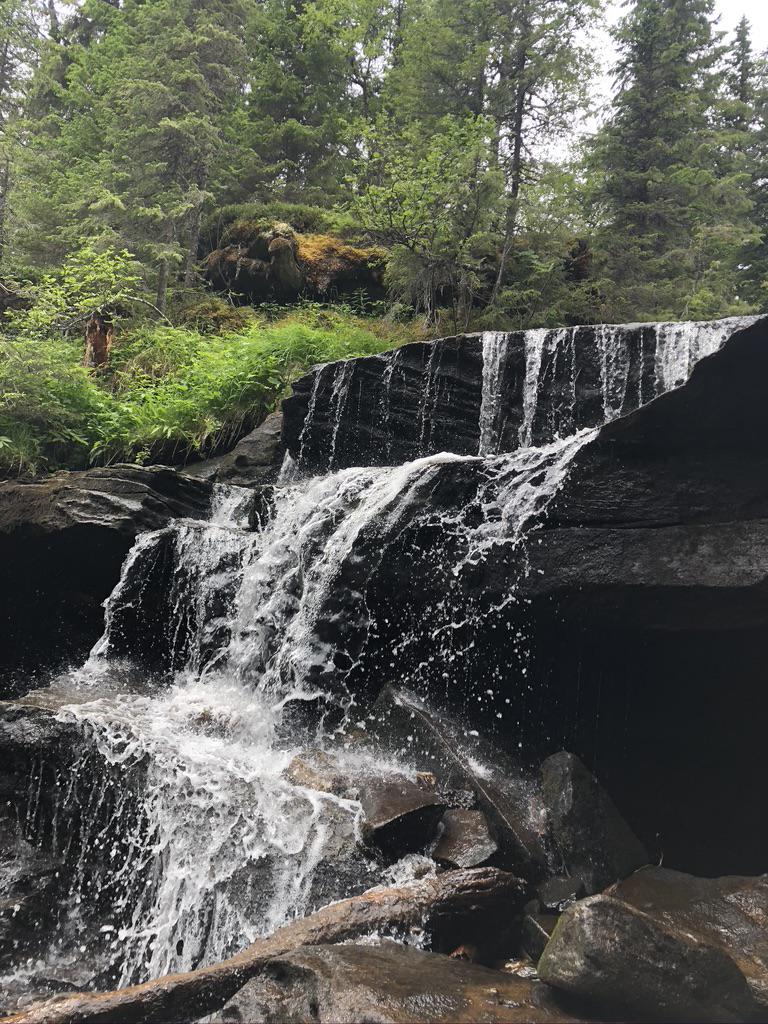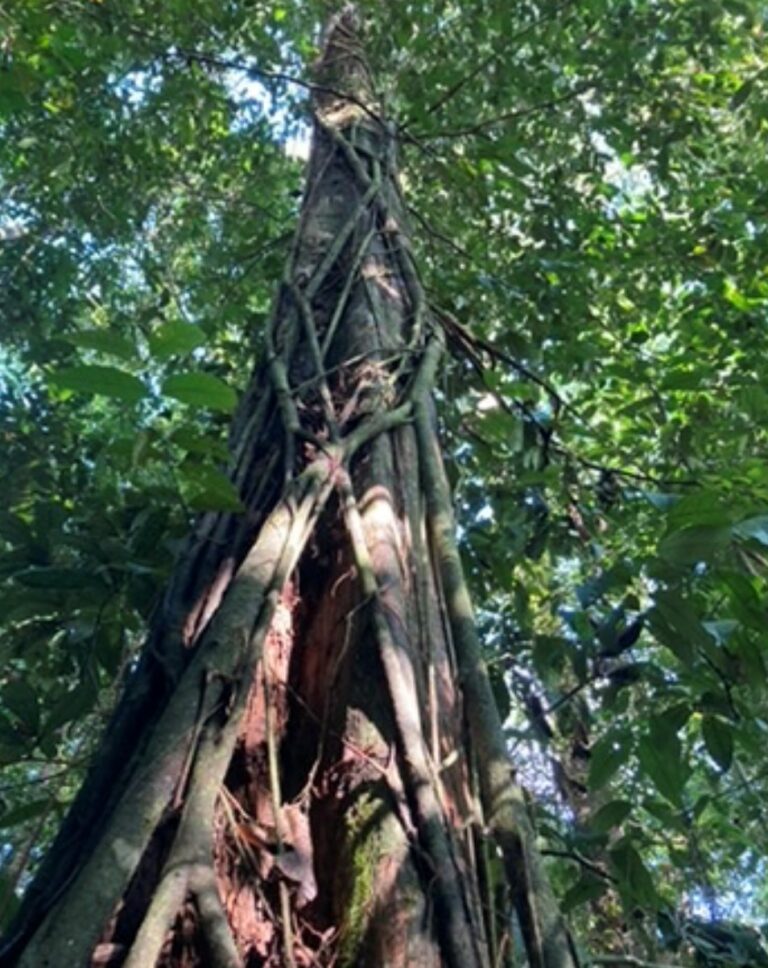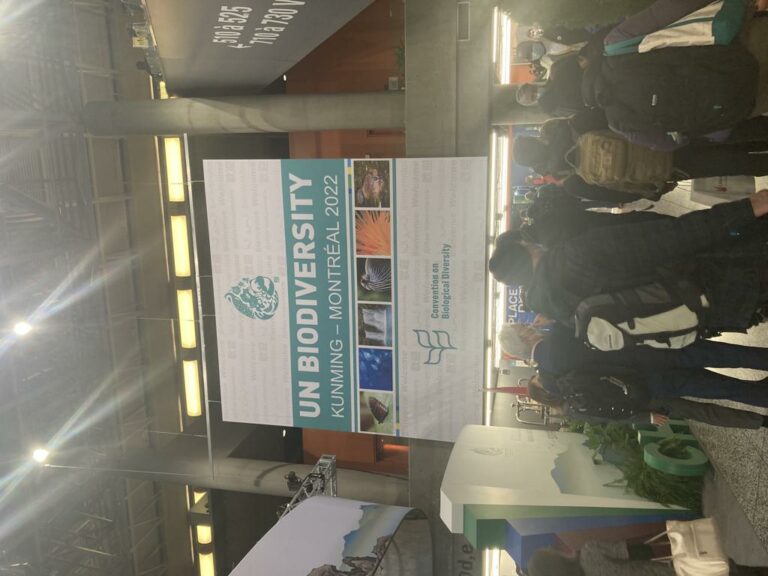Biodiversity conservation is a pressing global concern. Innovative approaches to financing biodiversity, such as biodiversity credits, have been specifically mentioned as one of the global biodiversity targets at COP15 (Target 19 d). Biodiversity credits are not a silver bullet that will solve all biodiversity problems, but rather a complement to already existing financing and biodiversity conservation measures.
In this blog post, I introduce the biodiversity credit methodology that was developed during my PhD research project “Mechanisms and opportunities for financing of forest biodiversity”. I am half-way through my PhD studies and aim to present a monograph around year end 2023.
The focus of this methodology are the boreal forests of northern Europe, and particularly Sweden. The methodology reflects some of the forestry sector structures particular to Sweden. However, this methodology can relatively easily be adopted to any forest ecosystem in the world. The methodology was developed in cooperation with Dr. Martin Pilstjärna who helped develop the biodiversity assessment model and biodiversity credit calculation model. Our methodology aims to foster biodiversity uplift through a comprehensive framework that combines three methodologies, specific project activities, long-term commitments, and standardized measurement and quantification techniques. Let’s dive deeper into the key aspects of this biodiversity credit methodology.
Three Methodologies for Biodiversity Enhancement
Our biodiversity credit methodology incorporates three distinct methodologies: 1) Conservation, 2) Restoration, and 3) Improved forest management. These approaches can be mixed in a project according to the specific conditions of the area to create a powerful strategy that caters to various aspects of biodiversity conservation in forest landscapes. The project activities encompass a range of initiatives, including the protection of high nature value areas, promotion of old-growth qualities, broadleaf promotion, deliberate creation of dead wood, prescribed burning, and continuous cover forest management methods. All of these activities are known to create necessary ecological structures for declining, rare or endangered species in boreal forests.
Baseline, additionality and project length
To define the baseline, we chose describing business as usual activities in Swedish forestry as equal to what is presented in forest management plans. Forest management plans are created for 10 year periods, made according to high standards and widely used. Many are either FSC or PEFC certified. So, we define biodiversity credit project baseline as equal to forest management as described in forest management plans. Activities that promote biodiversity beyond and above the baseline are considered to be additional.
Since the forest management plans are for 10 years, we propose biodiversity credit projects to be at least 20 years, preferably longer.
All 3 methodologies (conservation, restoration and improved forest management) result in income loss due to reduced or no harvesting as well as incurred costs of restoration or specific conservation management activities. These costs, if not compensated by income from sales of biodiversity credits, would result in significant economic loss to the forest owner, which is explaining why these measures are not already carried out today. The only available source of income to the forest owner in Sweden is wood harvesting (carbon credit projects are not yet common). Biodiversity credits are able to address the real costs of nature conservation in forests and can hopefully change the way how we manage our forests.
Measurement and Quantification
Accurate measurement and quantification are crucial for evaluating the effectiveness of biodiversity credit projects. To this end, we have developed a standardized method for biodiversity assessments within project areas. Field inventories, utilizing random sample plots, form the backbone of our methodology. These inventories, are done at the start and then every 5 years during the project. Biodiversity assessments involve the measurement and counting of species and specific structures of importance, such as dead wood, within the designated sample plots. Currently, the inventories are conducted manually and are time consuming. We are currently working on further developing the inventory methodology to combine manual inventory with remote sensing data from e.g. laser scanning, satellite imagery, sound recording, camera traps and eDNA. However, we do not believe an accurate biodiversity monitoring can only rely on remote data. It should be possible to find a “sweet spot” between manual inventories and remote data, possibly by keeping permanent sample plots with recorded GPS position, and combining the data from remote sensing. There is a need for further research in this field in particular.
The collected data from the field inventory are translated into “Biodiversity points” on a scale of 1 to 50 for each stand, representing the observed biodiversity levels. These biodiversity points are complemented by “strategic value points” that assess the stand’s significance within the larger landscape context. Additionally, “project type points” are assigned based on the chosen methodology, with restoration efforts receiving the highest value, followed by conservation efforts and improved forest management practices.
Calculation of Biodiversity Credits
We define biodiversity credits as a measurable and verifiable unit of biodiversity based on a defined basket of metrics and expressed in biodiversity credits per hectare and year (BC/ha/yr).
The calculation of biodiversity credits employs a straightforward formula:
Biodiversity Credits = Biodiversity Points + Strategic Value Points + Project Type Points
This formula yields the amount of biodiversity credits per hectare and year, indicating the contribution of a specific area towards biodiversity conservation and restoration.
Monitoring, reporting and verification
Independent third-party auditor is recommended to be engaged at the start of the project to verify and validate the initial biodiversity assessment and the project document. Third party auditor is also recommended to carry out follow-up assessments every 5 years during the project duration. Same biodiversity assessment methodology, as in the initial biodiversity assessment, should be used for follow-up assessments every 5 years.
The forest owner, or the project owner, is recommended to carry out self-assessments annually. Self-assessments are a simple way of reporting that no significant negative developments in the project area such as logging, fire or windfall have occurred, as well as that certain actions have been carried out.
Public consultation, pilot projects and continued development process
Our biodiversity credit methodology was initially presented in May 2022 during a public consultation process. The public consultation process was successfully carried out and the methodologies were adjusted. One of the major comments we received was that the voluntary set-asides should be included, which is currently our recommendation.
During the summer of 2022, two land owners were engaged in a pilot project: Mr. Carl Söderberg and his property south of Stockholm, and Orsa Besparingsskog in the Dalarna county. Initial biodiversity assessment was carried out and biodiversity credit projects were designed and presented in a project document. Out of the two projects, Orsa Besparingsskog pilot was able to sell all of its credits to Swedbank. Please see Swedbank’s press release here. It is only in Swedish, but I am sure you can get it translated. The price of credits has not been disclosed.
Now that the pilot transaction is a fact, we hope there will be more interest from other buyers. However, in order to create a liquid and vibrant market for biodiversity credits, the concept needs to move from the research project to market acceptance. We need to create rules and principles for biodiversity credits in order to avoid quality- or green washing issues. For this reason, Biodiversity Credit Alliance (BCA) has been initiated during COP15 last year. BCA is supported by UNDP, UNEP and Sida and has today around 100 members around the world. In Sweden, we have launched a sub-level organization, The Swedish Biodiversity Credit Alliance, to facilitate consensus on how biodiversity credits should be issued and used. A lot of work remains to be done, but this is an exciting start!
With our innovative biodiversity credit methodology, we strive to enhance biodiversity conservation by combining three methodologies, implementing long-term commitments, and employing standardized measurement techniques. This approach ensures measurable and verified increases in biodiversity while allowing buyers to contribute to nature conservation and restoration efforts. By promoting additionality, we create a robust framework that transcends business-as-usual practices and paves the way for a more biodiverse and sustainable future.





